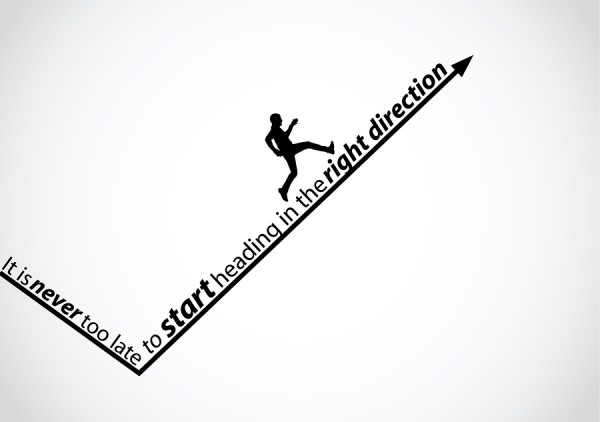If you’re wondering how to motivate your employees, get started with an individual motivational conversation. Boost employee commitment by talking to them about their motivational outlook. Ask your people to identify what motivates them to do their work. Your goal is to help them identify motivating factors that have maximum impact and create optimum energy for them.
As I mentioned in my previous posts here, most people identify several reasons for working: from the external (money or status) to the internal (finding meaning, acting on one’s values and ideals, aspiring to a higher purpose). Susan Fowler, author of Why Motivating People Doesn’t Work…and What Does: The New Science of Leading, Energizing, and Engaging, adds the following:
- Inherence: I enjoy doing this.
- Integration: Work helps me fulfill my purpose as a leader.
- Alignment: I value developing people.
She also cites negative motivational outlooks:
- Imposition: I have to; it’s my job.
- Externalization: It’s what I’m paid to do.
- Disinterest: I’d rather be doing something else.
Start to regard motivation as a skill—one that can be learned, acquired, encouraged and sustained. Each of us can choose our motivation.
Motivational conversations help people discover different reasons for doing their work. Once they pinpoint their current motivations, they can work toward finding the internal motivations—ideally, those that relate to their values.
It may take several conversations for staffers to deliver their best work through values they truly care about. You can help them see the bigger picture and connect the dots to feeling valued.
Remember: People are already motivated. You can provide a culture that encourages higher levels. Don’t succumb to organizational systems that favor driving over thriving. It doesn’t have to be that way.
Create Flow
People are most productive and satisfied when their work puts them in a state of “flow” — more commonly recognized as being “in the zone.” In the flow state, one experiences a heightened sense of focus and a generally higher sense of satisfaction.
What we know about flow is primarily based on the work of psychologist Mihaly Csikszentmihalyi, whose seminal book, Flow: The Psychology of Optimal Experience, describes it as the moment in which “a person’s body or mind is stretched to the limits in a voluntary effort to accomplish something difficult and worthwhile.”
Flow experiences are created at work through opportunities to satisfy three basic needs: autonomy, relatedness, and competence.
As a leader, what are you doing to pay attention to these needs? You can contact me here or on LinkedIn.

Did You Enjoy This Article?
Join thousands of other smart business owners like yourself & get our Proffittable Times newsletter.
It's filled with actionable content you can apply immediately.
Sign up now to get started!
– Coach Nancy










